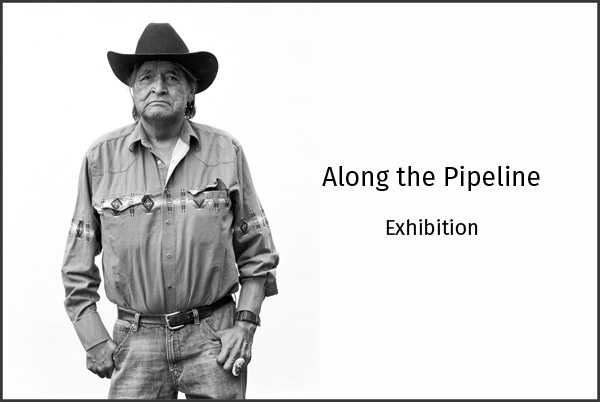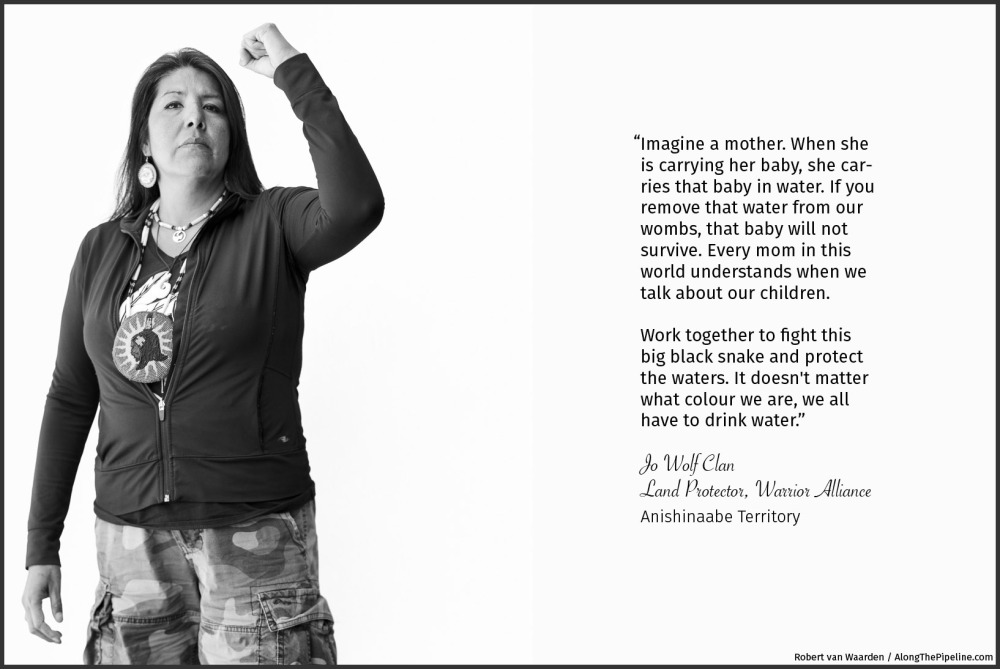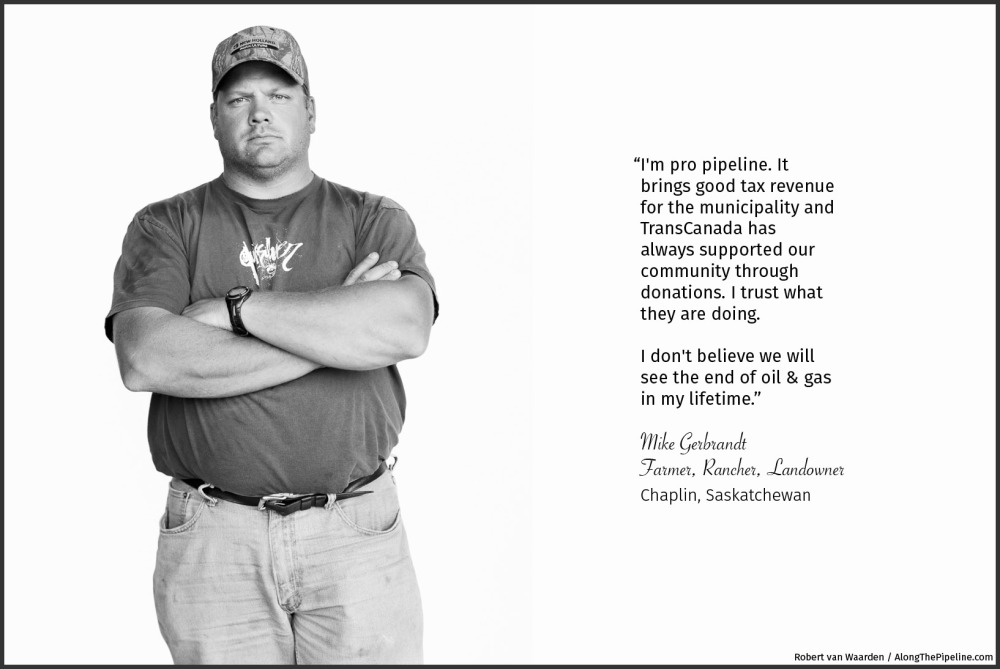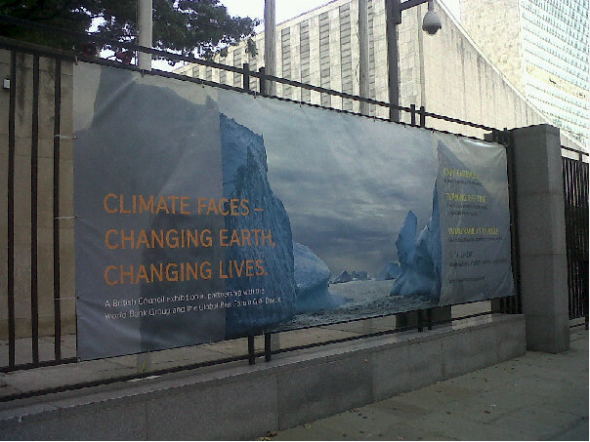
“We feel like we’ve won the lottery.”
Miroslawa and Mieczyslaw Horodiuk sit on a couch in their living room, their aged cat stares through the window. Here in Konczewo in north western Poland a late spring snow has fallen, delaying the spring planting for this farming family. They rest easy knowing that summer will come and they now have a guaranteed income.
10 years ago a wind energy developer approached the Horodiuks to lease part of their farmland for a wind turbine. They were sceptical about this opportunity. It would have been difficult for them to agree if they were on their own, but they had support.

Leszek Kulinski, mayor of Kobylnica, Poland.
The citizens of Kobylnica had been prepared for such an event. Leszek Kulinski, mayor of Kobylnica, became interested in wind turbines while on holiday in Denmark. (His wife complained that 80% of the photographs he took were of wind turbines.) Leszek wanted to bring this industry to Kobylnica. He travelled to Germany to research and to investigate if it was safe for the community. He returned determined to make his commune attractive to wind energy developers.
His efforts have made Kobylnica the best rural commune in the country for renewable energy projects.
It was difficult to get the people onside. Kobylnica was the first commune in Poland to take steps to build community support for wind energy from the ground up. The mayor and his team had to develop their own processes to raise awareness. Many consultations were held and input from the residents was taken into consideration. It worked. When the wind developers came calling; the Horodiuks were ready and willing to work with them.

A snow covered field seen from a wind turbine in Kobylnica, Poland.
And it’s not only farmers who lease their land who’ve hit the jackpot – the whole town benefits too. The taxes from the wind energy installations make up over 10% of the community’s annual budget. It is estimated that by 2016 it will be 20%. Kobylnica has been ranked as Poland’s best commune to live (2009) and the best commune for renewable energy (2009, 2010). The taxes are helping to transform the community and Leszek now has his eyes set on solar energy.

Firewood is piled outside a shed on Miroslawa Horodiuk’s farm.
The partnership between commune and developers has other dividends. Tundra, the developers of the wind turbines on the Horodiuks land, had to build new roads for transportation. They replaced roads that were by all accounts terrible. They also sponsor the sports teams in Kobylnica and funded the reconstruction of the local church shrine in Lulemino.
For Miroslawa and Mieczyslaw, as landowners, the community support and knowledge was invaluable. It helped them navigate the legal documents and they could seek advice if they needed it. Their story is just one among many in Kolbynica. There are many people here that have ‘won the lottery’.
The two turbines on the Horodiuk’s land work peacefully with the agriculture below and Miroslawa enjoys having them there. The quarterly payment for the leasing of their land is one reason, but he also likes the notion that they are helping build a sustainable future.
In Kobylnica, renewable energy is taking the commune forward and in the words of Leszek, “we have to go forward, we are number one, but we have to keep that status.”

Miroslawa Horodiuk rests against a wind turbine on his farm.
 his Saturday, Feb. 28, the Maison du Développement Durable in Montreal will play host to the Along the Pipeline photography exhibition. Presented within the confines of the Nuit Blanche, this promises to be an exciting evening with cocktails, pipelines and lots of people. If you are in Montreal and free, please stop by. Afterwards you can continue on to one of the many numerous events happening all across the city.
his Saturday, Feb. 28, the Maison du Développement Durable in Montreal will play host to the Along the Pipeline photography exhibition. Presented within the confines of the Nuit Blanche, this promises to be an exciting evening with cocktails, pipelines and lots of people. If you are in Montreal and free, please stop by. Afterwards you can continue on to one of the many numerous events happening all across the city.












